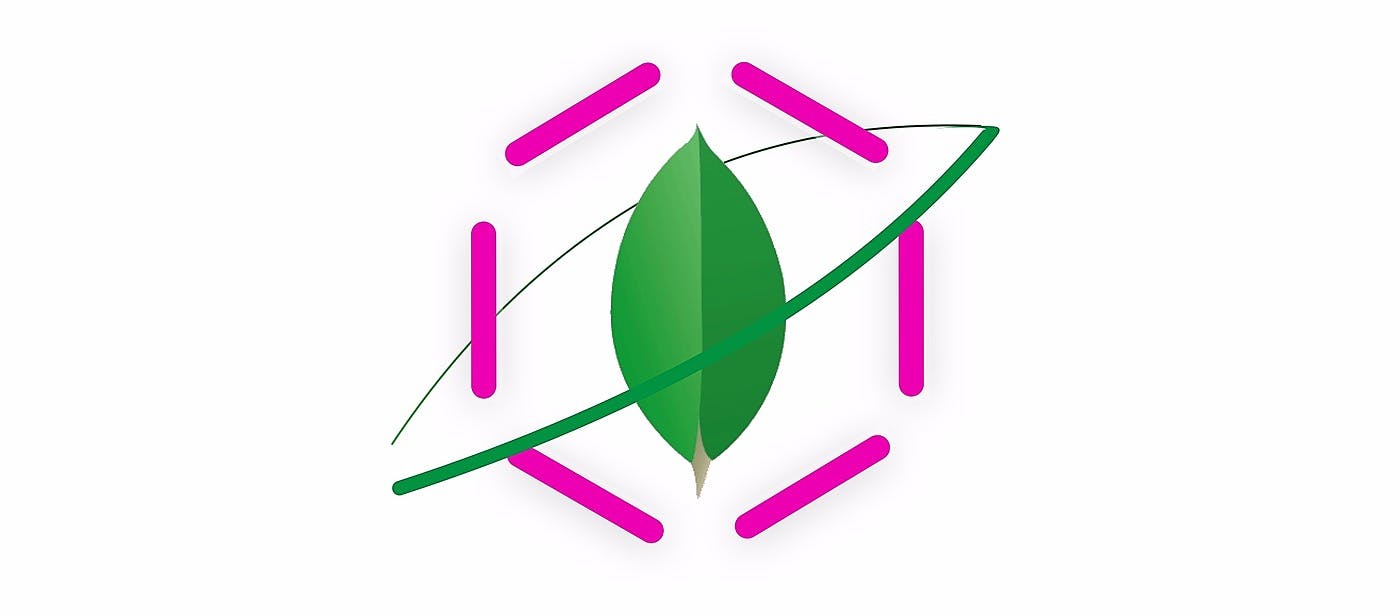Implementing a good GraphQL backend to serve your database data is not an easy task, you have to implement a lot of resolvers, add authorization, pagination of the fields and use a DataLoader to not repeat your database queries during relations.
It also becomes boring after some time, especially if you do a lot of side projects with the same stack like me, you have to implement the same basically service for every project.
But i am super lazy and i wanted a reusable, fast way to build my graphql backend, so i built mongoke (https://github.com/remorses/mongoke)
Mongoke is a docker image that generates the GraphQL API to serve your Mongodb data.
It can be used directly from the frontend as it supports authorization via your
jwtApollo FederationLet's create an example, a basic blog app with 2 collections: users and posts
schema: |
type User {
_id: ObjectId
username: String
email: String
}
type BlogPost {
_id: ObjectId
author_id: ObjectId
title: String
content: String
}
types:
User:
collection: users
BlogPost:
collection: posts
relations:
- field: posts
from: User
to: BlogPost
relation_type: to_many
where:
author_id: ${{ parent['_id'] }}Here i defined the database schema with the User and BlogPost types, then i defined the associations between the types and the collections and finally i defined a to_many relation from User to BlogPost.
To deploy the above configuration we can use docker-compose
# docker-compose.yml
version: '3'
services:
mongoke:
ports:
- 4000:80
image: mongoke/mongoke
environment:
DB_URL: mongodb://mongo/db
volumes:
- ./mongoke.yml:/conf.yml
mongo:
image: mongo
logging:
driver: noneThe mongoke service generates the boilerplate code every time the service starts, you can go to http://localhost:4000/graphiql to open graphiql.
An example query you can make:
{
user(where: {username: {eq: "Mike"}}) {
_id
username
email
posts {
nodes {
title
}
}
}
blogPosts(first: 10, after: "Post 1", cursorField: title) {
nodes {
title
content
}
pageInfo {
endCursor
hasNextPage
}
}
}Give me your thoughts in the comments and leave a star on github, thanks for reading!


